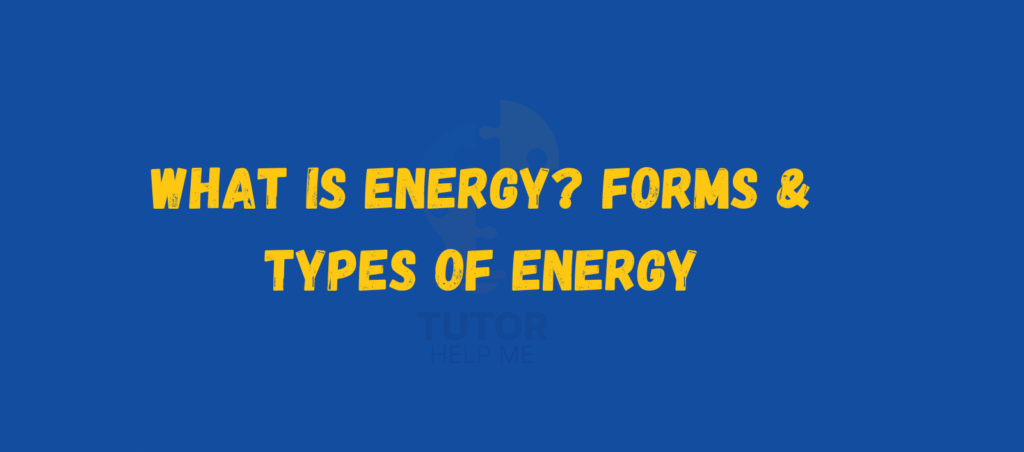What Is Energy? Forms & Types of Energy
Energy is the ability to do work or cause change. It exists all around us, in the movement of the wind, the warmth of the sun, the light from a bulb, or even the food we eat. Every activity, from walking to charging your phone, uses energy in one form or another. This blog will […]
What Is Energy? Forms & Types of Energy Read More »










